Intensive farming takes away large amounts of nutrients from the soil.
Many research results on agricultural soil quality in the Mekong Delta region were announced by experts at the workshop “Solutions to improve soil health for sustainable agricultural development in the Mekong Delta region”. The program was organized by the National Agricultural Extension Center in coordination with the Department of Agriculture and Environment of Can Tho City and the Mekong Delta Agricultural Experts Club on November 25.

Ms. Huynh Kim Dinh - Deputy Director of the National Agricultural Extension Center (standing) oriented the discussion content at the workshop. Photo: Kim Anh.
Mr. Nguyen Quang Hai - Deputy Director of the Institute of Soil and Fertilizers said that the country currently has about 44% of agricultural land area degraded. In which, the Mekong Delta has a land degradation rate lower than the general level, ranging from 167,000 - 225,000 hectares. Rice land has 3 types of degradation including fertility loss, salinization and acidification.
According to the results of monitoring and tracking the changes in the quality of saline soil for rice cultivation in the Mekong Delta from 1975 to 2016 and recent data, Mr. Hai found that the acidity of the soil is increasing, the alkalinity is decreasing, while the salinity and chlorine content are both increasing. The nitrogen and phosphorus content fluctuates little, but the potassium is decreasing very strongly.
Similar situation also appeared on acid sulfate soil in Dong Thap Muoi and Long Xuyen Quadrangle. Even alluvial soil which is considered rich in nutrients showed continuous decrease in potassium content in alluvial areas at the headwaters, central and coastal areas.
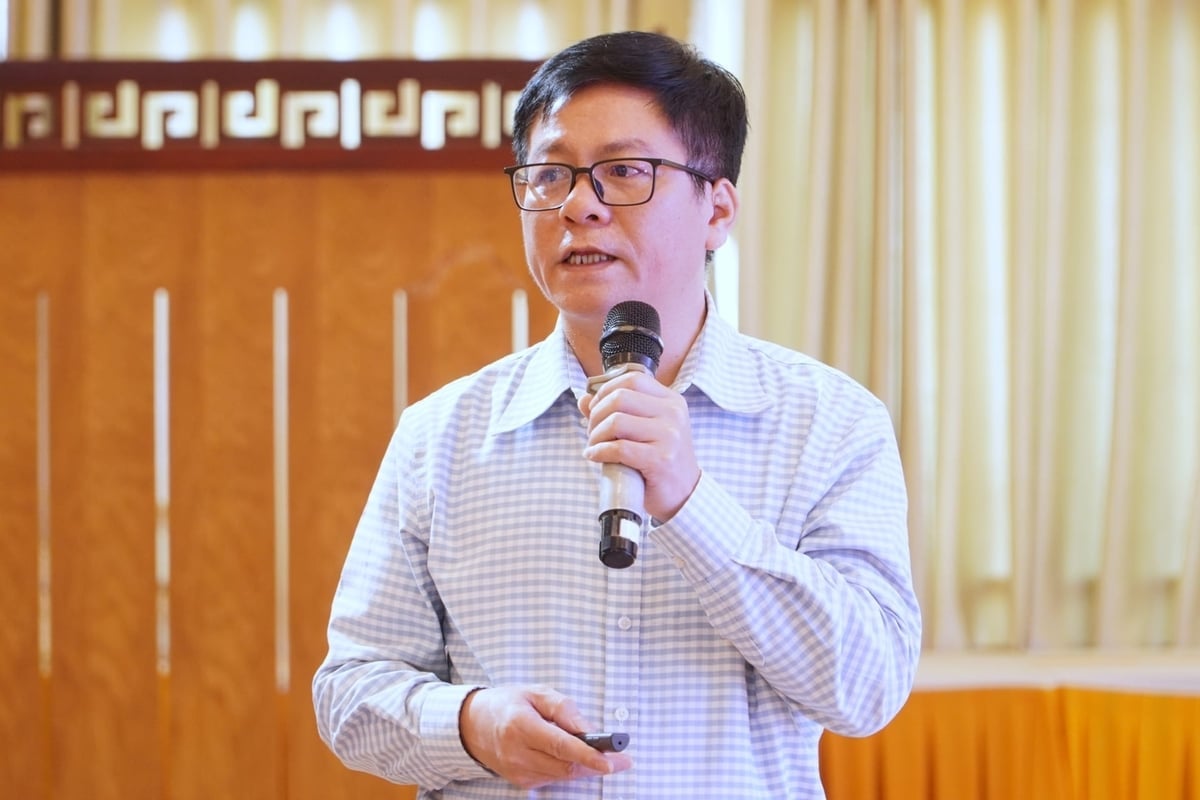
Mr. Nguyen Quang Hai - Deputy Director of the Institute of Soil and Fertilizers assessed the level of land degradation in the Mekong Delta. Photo: Kim Anh.
In addition to the impact of climate change, according to Mr. Hai, the main cause of soil degradation in the Mekong Delta is the intensive farming process that has taken a large amount of nutrients from the soil. The use of fertilizers has continuously increased over the years (increased more than 10 times per hectare in the period from 1961 to 2022). In the Mekong Delta, farmers use nitrogen fertilizer at an average level, but phosphorus and potassium are used quite high in all three crops.
The decline in soil fertility, Associate Professor Dr. Tran Van Dung - Faculty of Soil Science (School of Agriculture - Can Tho University) warned, is becoming a big challenge for agricultural production in the Mekong Delta.
The intensive cultivation of three consecutive rice crops, loss of alluvium due to the closed dike system, overuse of chemical fertilizers, exploitation of topsoil for leveling... have been and are causing rapid degradation of soil quality.
Notably, a long-term study by experts from Can Tho University showed that rice productivity decreased by an average of 16.6% after only 8 years. This change reflects the state of degraded soil and the increasing dependence on chemical fertilizers. In addition, the land is flooded all year round when farmers cultivate 3 crops, creating long-term anaerobic conditions, increasing the intensity of reduction and reducing microbial activity.

Poor soil increases the risk of water pollution due to fertilizer runoff and greenhouse gas emissions. Photo: Kim Anh.
Not only rice land, soil degradation also occurs strongly on perennial fruit orchard land. Orange, tangerine, and mangosteen gardens show a decrease in pH from 5.3 to 3.4 - 3.9 after 30 - 40 years; Ca and Mg exchange decreases by 40 - 80%, reducing microbial activity and nutrient absorption capacity.
Associate Professor Dr. Tran Van Dung emphasized that the decline in fertility leads to multi-dimensional consequences, including reduced productivity, increased costs of fertilizers and pesticides, reduced profits, and threats to the sustainability of agriculture. At the same time, degraded soil increases the risk of water pollution due to fertilizer runoff, greenhouse gas emissions, erosion, landslides, salinization and acidification.
Solutions to improve soil quality
From the above studies, experts have proposed many groups of solutions to restore soil health. Associate Professor, Dr. Le Anh Tuan - former Deputy Director of the Institute of Climate Change Research (now the Mekong Institute) - Can Tho University proposed that there must be a suitable water management policy for the entire region. Because water management and irrigation works are directly related to soil health.

Associate Professor Dr. Le Anh Tuan proposed appropriate water management policies in the face of land degradation in the Mekong Delta. Photo: Kim Anh.
“The 3-season dike system and salt-prevention works unintentionally cause the groundwater level to remain high, aerobic microorganisms are replaced by anaerobic microorganisms, creating organic toxins and reducing soil quality. In particular, areas growing fruit trees, crops, ornamental plants, etc., only need to be flooded for a few days for the oxygen diffusion capacity to decrease by thousands of times, causing soil quality to rapidly decline,” Associate Professor, Dr. Le Anh Tuan analyzed.
Another key solution is to increase the use of organic fertilizers and soil improvement materials. According to Associate Professor Dr. Tran Van Dung, organic supplementation helps increase rice productivity by 10-25%, improve soil structure, and limit nutrient deficiencies, especially in fruit trees.
In addition, NPK fertilizer management is needed based on soil and leaf analysis. Fertilizing according to the "4 rights" principle, combining inorganic and organic fertilizers helps to limit loss and optimize nutrient use efficiency.
Nitrogen fertilizers should be applied in divided doses, when the field is dry, and slow-release urea forms should be used to reduce losses. Phosphate fertilizers should be applied based on the critical threshold of each soil type, especially in acid sulfate soils. Potassium fertilizers should be managed closely through soil and leaf analysis, especially on fruit trees that are sensitive to potassium deficiency.
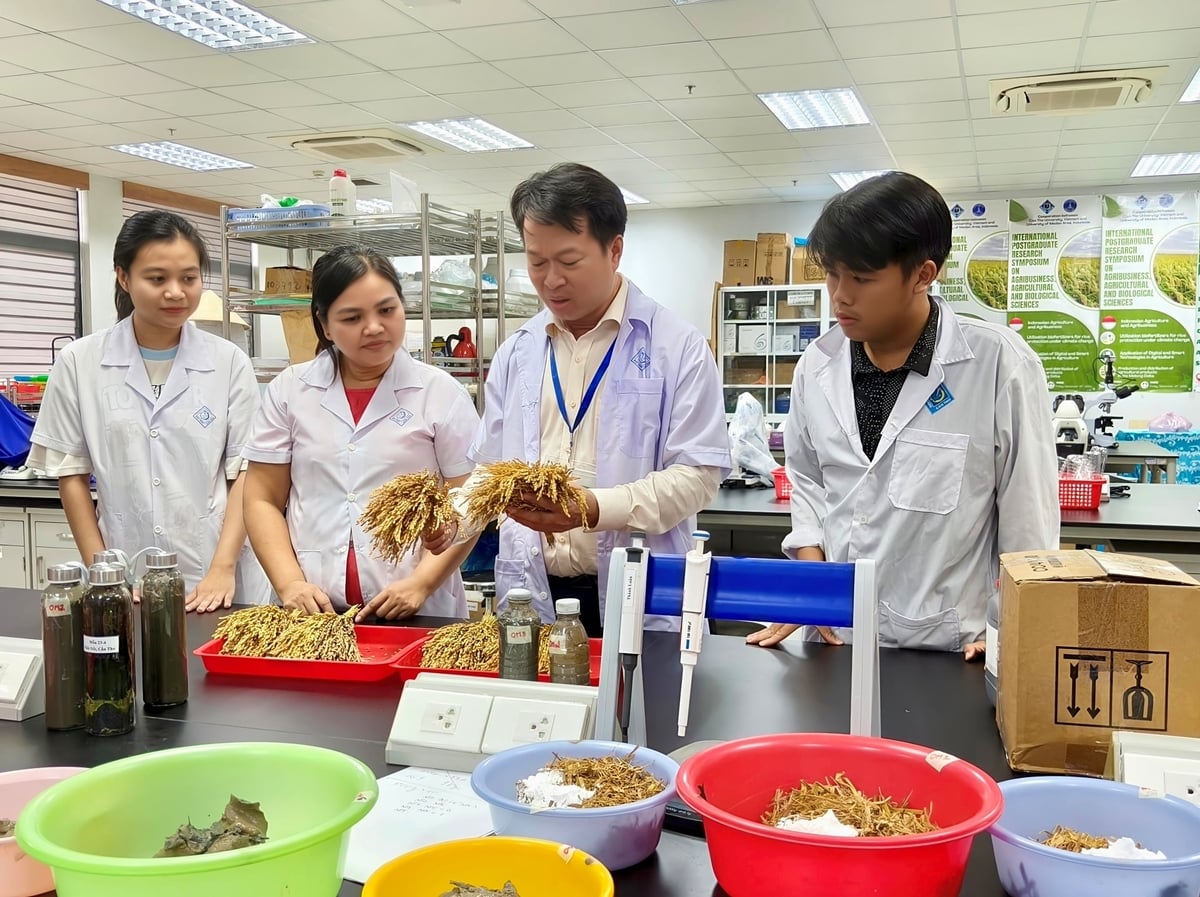
Research on soil quality in the laboratory at the School of Agriculture (Can Tho University). Photo: Kim Anh.
On acid sulfate soils, proper water management to limit oxidation is a prerequisite. Early season acid sulfate washing, combined with phosphorus and organic fertilizers help reduce phosphorus fixation. Organic fertilizers combined with lime have been shown to raise soil pH by 0.3 - 0.7 units and improve the yield of crops such as rice, vegetables, and pineapples.
Reducing the intensity of three rice crops is an important solution to reduce organic poisoning, increase soil biological activity, limit pests and diseases and improve the yield of the following rice crop.
The development of suitable economic models for each land group such as shrimp - rice for saline areas; pineapple - sugarcane - vegetables for acid sulfate areas; fruit, rice - color models for alluvial areas... also needs to be promoted in the face of current land degradation.
Source: https://nongnghiepmoitruong.vn/chuyen-gia-canh-bao-suy-thoai-dat-trong-trot-o-dbscl-d786493.html











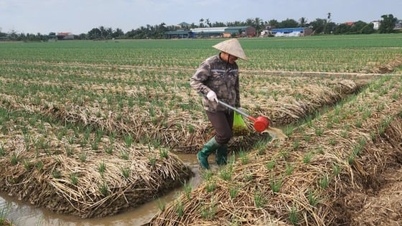
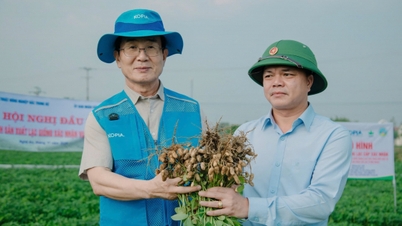
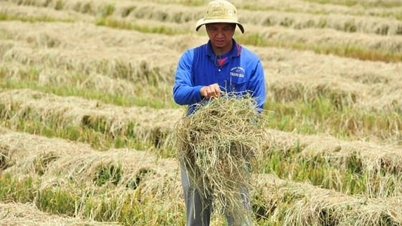
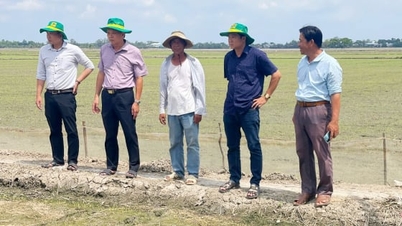










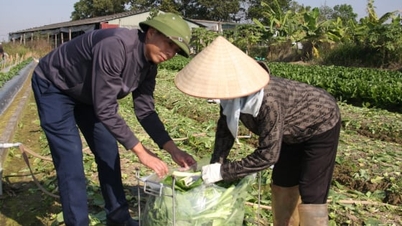
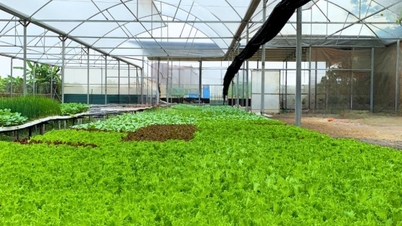
























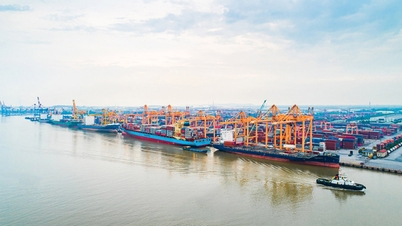
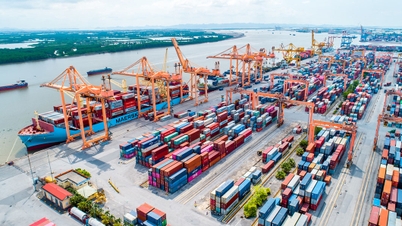






















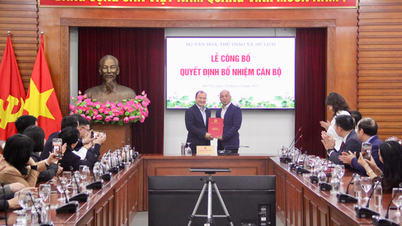
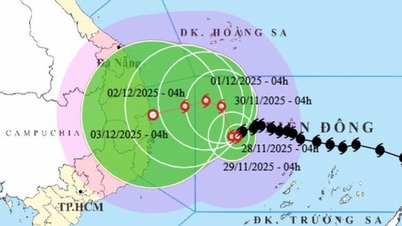

























Comment (0)